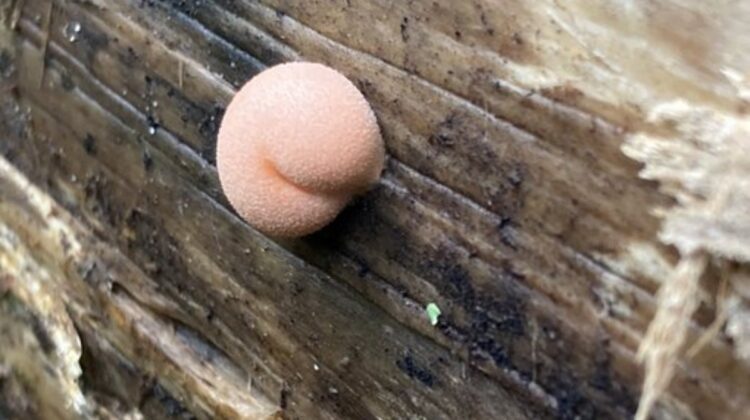
Wolf’s milk, scientifically known as Lycogala epidendrum, is a peculiar organism often mistaken for a fungus due to its appearance. This intriguing life form thrives on damp, decaying wood from the months of June through November, forming small, cushion-like, pink blobs that can captivate curious onlookers.
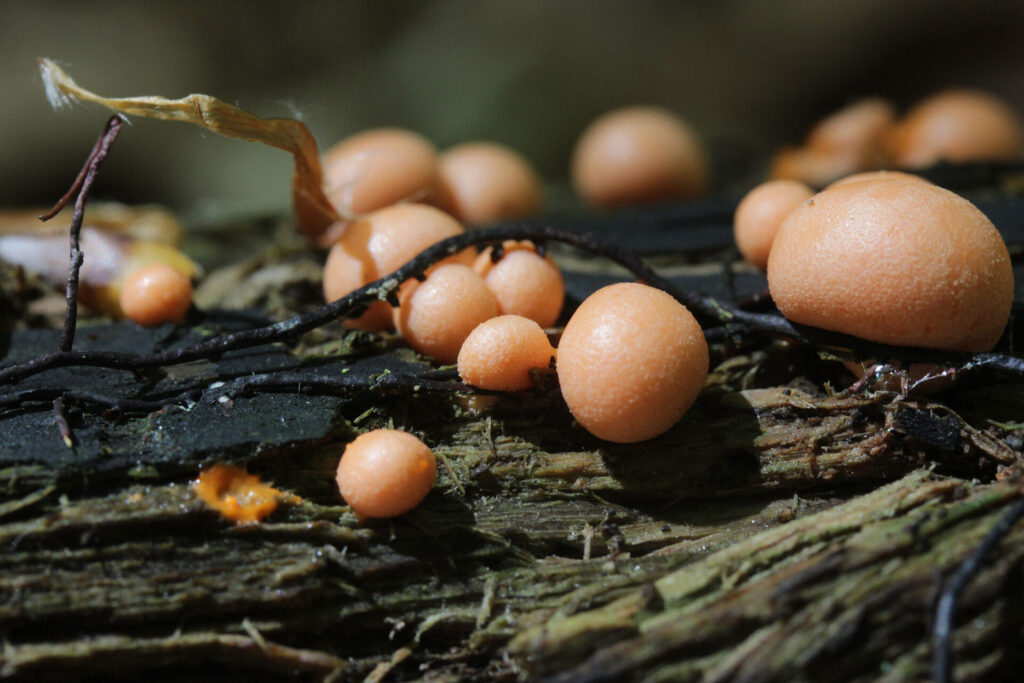
Despite its fungal resemblance, wolf’s milk is not a fungus at all; it is, in fact, a type of amoeba. Amoebas are remarkable single-celled organisms with the unique ability to move by altering their shape. In the case of wolf’s milk amoebas, they reside in the soil and sustain themselves by feasting on bacteria and various microorganisms.
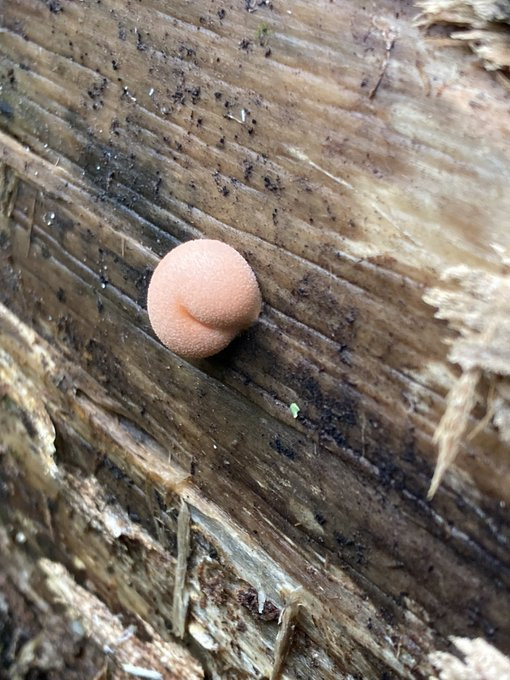
Under specific environmental conditions, these solitary amoebas gather together to create structures known as fruiting bodies. Fruiting bodies serve as the reproductive organs of slime molds and are distinguishable by their vivid colors and elevation above the ground.
Within these striking fruiting bodies of wolf’s milk are spores—reproductive cells primed for dispersal. These spores can be carried away by the wind or transported by other animals. When a spore lands in a suitable environment, it germinates and matures into a new amoeba, continuing the life cycle of this enigmatic organism.
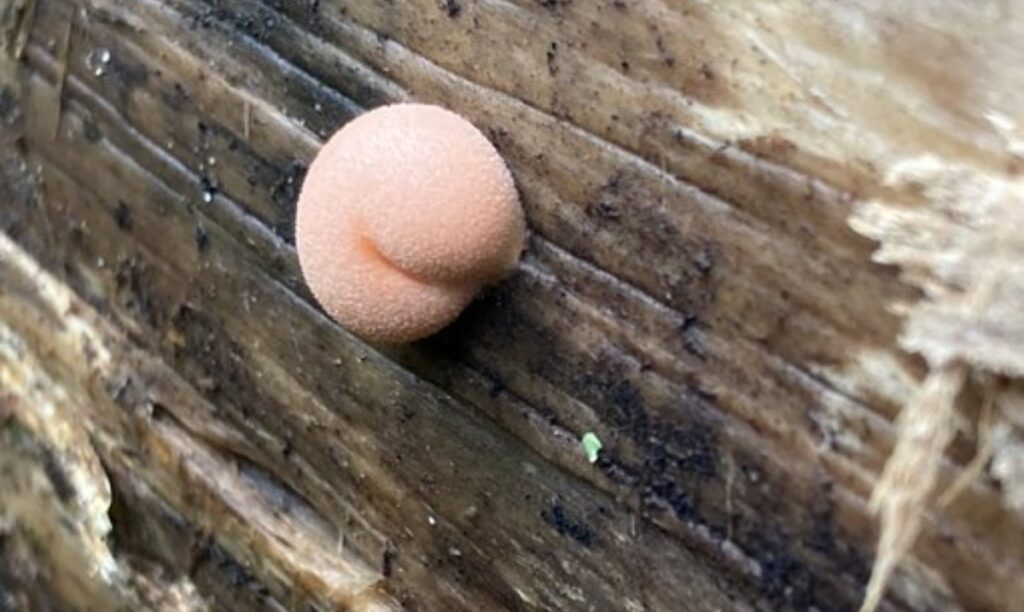
One noteworthy aspect of wolf’s milk is its harmlessness to both humans and animals. In fact, it plays a beneficial role in ecosystems by aiding in the decomposition of dead wood. Additionally, wolf’s milk serves as a valuable food source for certain animals, including birds and insects.
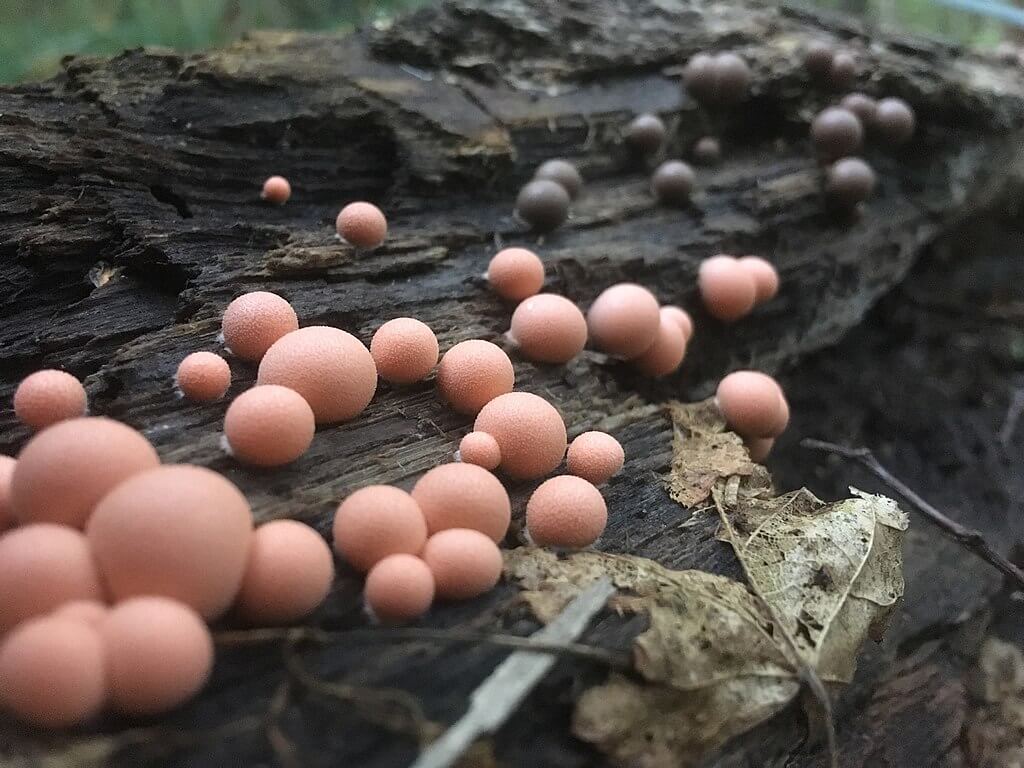
The versatility of wolf’s milk is underscored by its cosmopolitan nature, as it can be found in various regions across the globe. You might encounter this fascinating slime mold in a diversity of environments, but it is most commonly sighted in forests and woodlands.

Typically, a fully developed wolf’s milk structure measures between 1 and 2 centimeters in diameter. Its fruiting bodies exhibit an array of colors, ranging from shades of pink and orange to vibrant red. Conversely, the spores contained within these structures display hues of brown or black.
When you stumble upon wolf’s milk in its natural habitat, take a moment to marvel at its unique beauty. This slimy organism serves as a poignant reminder of the remarkable diversity and wonder that abound in the natural world.

Leave a Reply